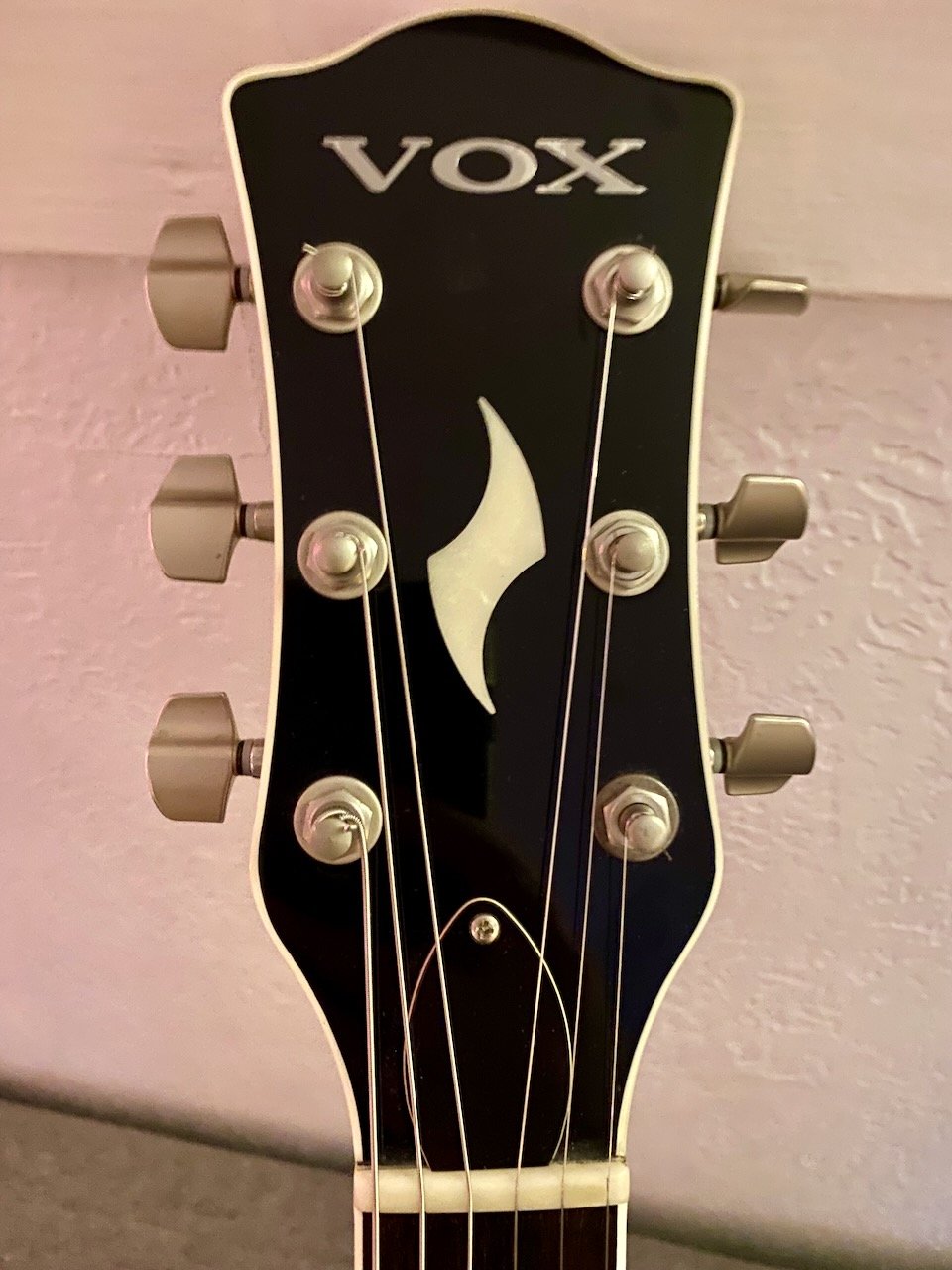No U.
IchNichtenLichten
Monsters remain scary as long as the audience doesn't know much about them because the imagination is always scarier than the reality. Giving them a backstory was a dumb move, not helped by the writing being absolutely fucking abysmal, but that's always been Ridley Scott's achilles heel. Give him a great script and he's one of the best directors around.
I suspect the powers that be will let this orange chucklefuck have a little fun but if he really starts eating into their profits and refuses to back off, he's going to have an accident.
The acid rain is going be be so slimming.
At this point I'm worried about the leopards. Those guys are going to be battling chronic obesity very soon.
Do I just go in the order of the links you posted in the previous reply?
Yes. Get a working camera feed and go from there. For that, tackle the hardware side first - Pi, camera, power/ethernet, case, storage for the OS. Then install the OS and the camera software and test it. Mine are all indoors so you'll have to see what kind of cases are weatherproof if you're using it outside.
Also just to make sure I understand correctly - at the end of it I should have a camera setup that I can access, via VLC, from the device of my choosing over ethernet/intranet?
Exactly. VLC will be fine if you only want to view one camera. If you want to add more, do recording/motion detection, view them in a browser, etc. then MotionEye on a server works but there are other options. I know that the Synology NAS' DSM OS has its own solution for managing all that stuff.
There are plenty of guides but I just took it step by step. The links I provided have instructions for each bit of software needed. You'll need to be able to do things like flash the OS to a SD or USB drive and then be able to ssh into the Pi to install the camera software. Start here: https://www.raspberrypi.com/software/
There's no programming skill needed but you should be comfortable with using the terminal, or at least be willing to learn. You don't need to install a OS with a desktop, everything is done via the terminal.
After that's done you can use VLC to view the feed and check it's working before installing motioneye on a server. You just get the IP address of the camera and give the URL to VLC like this: rtsp://xxx.xxx.xxx.xxx:8554/h264
If you look at the whole thing in one go, it's overwhelming, but if you break it into chunks it's not too bad and it's a good learning opportunity, if that's your thing.
It's not too difficult, I figured it out and I eat crayons.
Here's the software I use but there are other options: https://github.com/BreeeZe/rpos - That runs on the camera Pi and provides the video stream.
I use a Pi, a camera module like this https://www.raspberrypi.com/products/raspberry-pi-high-quality-camera/ and a suitable lens. You can get cheaper camera modules, IR modules, etc.
Also, something like this to power it: https://www.tp-link.com/us/business-networking/omada-switch-unmanaged/ds105gp/ You could just use a regular switch and power the Pi with a power adapter if that works better. My cameras are all ceiling mounted so having one cable for data and power made sense for me.
I use this to split the ethernet into power and data when it reaches the Pi: https://www.amazon.com/UCTRONICS-PoE-Splitter-USB-C-Compliant/dp/B087F4QCTR/130-2310467-3870744
Then I have this running on a Linux VM to collect the camera feeds and display them in a web browser: https://github.com/motioneye-project/motioneye
You'll also need a case, my solution was to buy a metal Pi case and mount the module onto that, feeding the ribbon cable back into the case.
If you decide to go ahead and need help, just ask.
I've had four cameras running for a few years, streaming over RTSP and powered over ethernet. Works well!
The toddlers are going to be running the day care. Buckle up.




Release the Pedofiles!